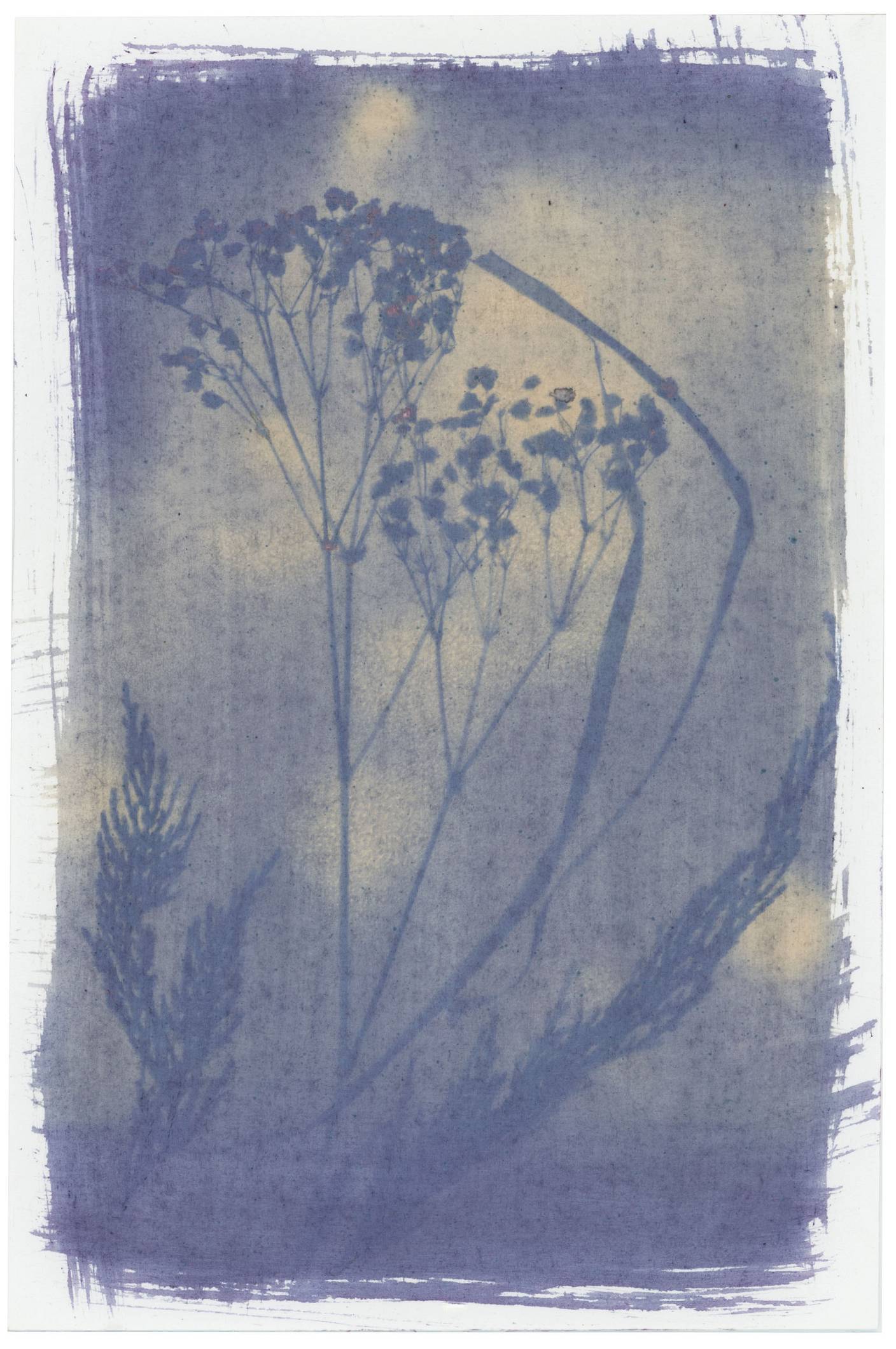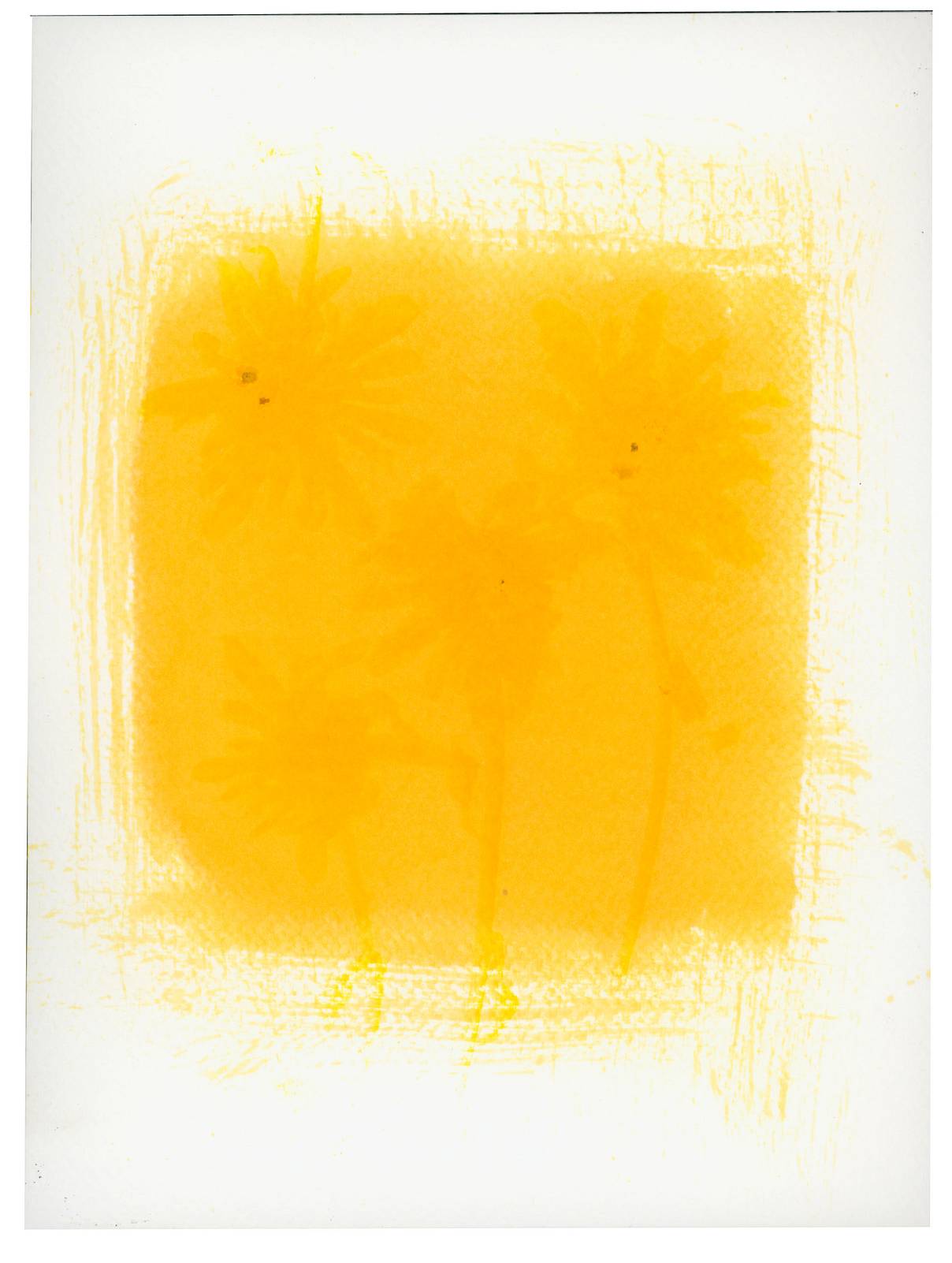Alternative Printing Process: Anthotype
13 8 Share TweetThe union between plants and photography dates back a long time. A chemical relationship between light and plants has always been in their veins, but once discovered and used in photography, it opened up a world of wonder. Easy and simple to approach, the anthotype technique is a perfect introductory project to alternative printing processes, producing ethereal and whimsical images.
Antho – a prefix derived from the Ancient Greek ἄνθος (anthos) meaning “flower”.
The paste is created using the photosensitive parts of the plants to make a pigment and expose it to sunlight. There is a vast amount of vegetables, flowers, and organic natural plants that you can try and experiment with.
The process was first discovered in 1839 by Sir John Herschel and furthered by Ms, Mary Somerville in 1845. Mary Somerville was a Scottish scientist defined as "the queen of science" in her obituary; a key figure in science, astronomy, and also in the advancement of women's rights during the 18th century.

She made extensive research on the "action of rays" using the spectrum of light to determine the effect it had on the pigments and experimenting with different mixtures, from alcohol to distilled water and salt. But Somerville's work could not be published by herself since she was a woman, therefore it was published through a letter to Sir John Herschel.
Although the photosensitivity of plants was known before it was by determining that mixing a small amount of alcohol with the crushed organic substance that the sensitive pigment would give a satisfying result when exposed under the sun. It is indeed the action of the sun on the coated paper that discolors the surface while the path marked by your objects will remain colored within the substance pigmentation.
The Process
Some plants have a higher concentration of photosynthetic material than others and therefore they will work better for this purpose. Different plants will give different colors, berries have a purple hue, turmeric is yellow, and classic spinach paste has a brilliant green tint.
- Water
- Alcohol or vodka
- Plants
We used wild berries and turmeric for this prints, and mixed it with vodka as our base.
Combine the plants or vegetables in a blender or use a pestle and mortar until you get a mixture. Squeeze through a cloth and, with the tincture, coat the paper as fast as you can.
Let it dry in the dark. Once it is dry, you can expose it or give it a double coating, then wait for it to dry again before exposing the paper. Once you are ready to go, clip the paper between a frame and a glass with tight clips and proceed to settle and expose it for long hours in full direct sunlight.

If your tincture is strong enough and you expose during a bright sunny day, it might take up to a few hours. If it is overcast, it will take much longer. To enhance your print, mix some water and one spoon of washing soda, this reaction will boost your image. Wash with water to get rid of residue.
This lovely and elegant technique will give unique images. The artwork is not made to last as there is currently no way to fix this process other than scanning and keeping a digital record of your work. The actual print, if exposed to light over an indefinite amount of time, will fade away.
There is certainly something poetic when working with this technique, and we encourage you to work with plants as much as you can, as this is also a completely environmentally friendly technique.
This article was edited on December 12th 2023 for clarification.
Have you ever tried Anthotypes? What is your favourite plant to use for this process?
written by eparrino on 2023-09-12 #tutorials #videos #anthotype #alternative-printing-process #plant-base-photography #natural-photography #environmentally-friendly-technique


















13 Comments